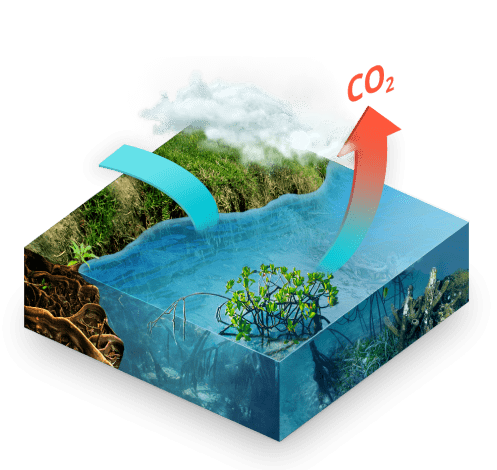Our Vision
The Global Mangrove Alliance (GMA) is an unprecedented collaboration that seeks to bring together NGOs, governments, scientists, industry, local communities, and funders towards a common goal of conserving and restoring mangrove ecosystems.
Since our launch at the World Ocean Summit in 2018, our collaborative approach has increased our ability to leverage funding; promote scientific research; strengthen coastal management and governance, education, disaster risk reduction, climate mitigation and adaptation related plans and policies; and accelerate the conservation and restoration of mangroves at scale.
We firmly believe that through collaboration we can achieve more and go beyond the capacity of any individual organization.
Goals & Objectives
In 2022, the GMA revised its Goal, an ambitious plan for turning the tables on the world’s mangroves. The plan contains three critical strands to be achieved by 2030:
Halt loss. Restore half. Double protection.
Achieving these goals will generate considerable benefits for people across the planet, while new and ongoing studies by GMA partners and researchers are allowing us to constantly improve our ability to assess these.
- 01 Halt Loss
Reduce net mangrove losses driven by direct human actions to zero. Human-driven loss represents 62% of total losses. Our target refers to that direct, and therefore directly manageable, human-driven loss. Halting this would save approximately 168km2 by the end of 2030.
- 02 Restore Half
Put back mangroves to cover at least half of all recent loss. Of the 11,700km2 of mangroves lost since 1996, approximately 8,183km2 are considered restorable. This goal seeks to restore half of this area by 2030. The goal is deeply ambitious but has enormous potential.
- 03 Double Protection
Ensure long-term secure protection is increased from 40% to 80% of remaining mangroves. 42% of mangroves are currently in protected areas. However, the urgency to secure a further 61,000km2 under conservation measures, including traditional protected areas and Other Effective Area-based Conservation Measures (OECMs) is fundamental.
